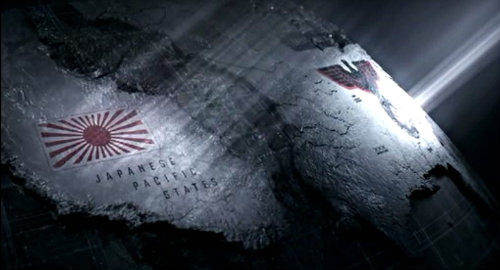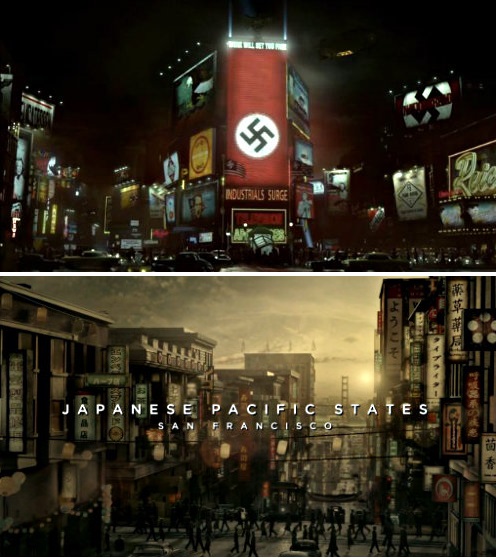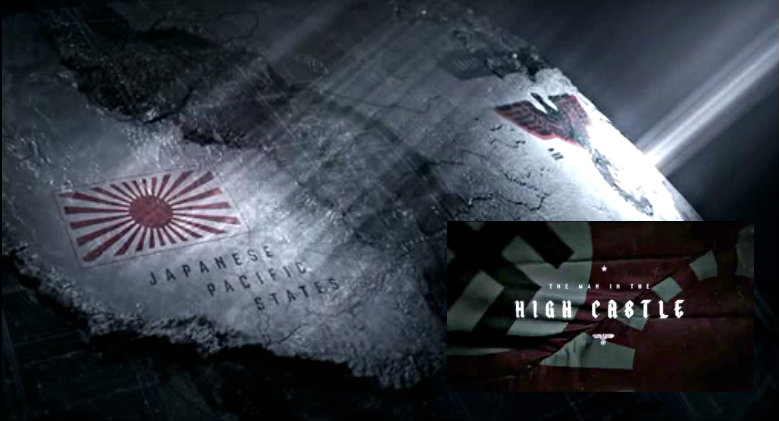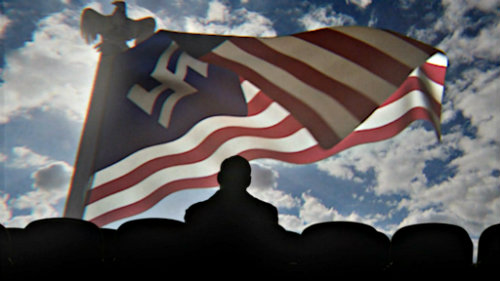If Japan and Nazi Germany won WWII, can you picture out what America would have looked like?
Amazon Studios may actually have a new hit in their hands with the premiere of The Man in the High Castle. After all, the book-to-TV-screen adaptation produced by Ridley Scott has all the right elements to it — it’s an intelligent show, it’s lively and fun, polished and has a five-star user rating under its sleeve [its pilot episode was one of the many being screened by the site’s Prime members].
https://www.youtube.com/watch?v=UIDKPydxAFM
The Man in the High Castle is based on a 1962 novel written by Philip K. Dick of the same name. Dick is the same author of Blade Runner which Ridley Scott also converted into a film way back in 1982 with Harrison Ford playing the lead role.
The novel and the TV show focuses about a world where an alternate history exists; instead of the Allies winning the Second World War, it has the Nazis and the Imperial Japanese forces coming out victors from it.
Among Dick’s works, The Man in the High Castle was the only one to bag the Sci-Fi genre’s distinguished recognition — the Hugo Award. Scott started developing the concept for the TV adaptation of the book way back in 2010. Startlingly, this would be the first screen adaptation of the award-winning story.

The Man in the High Castle takes place in 1962 in an America conquered and divided by the Nazis and the Japs. In this alternate place, the Rockies up to the Atlantic is part of the Greater Nazi Reich while the Pacific Coast is known as the Japanese Pacific States.
The premiere episode opens up with a narration of what looks like a propaganda film about the American life with the Nazis ruling it. It shows, quite chillingly, how Americans might have come to accept the Nazis’ rule of life imposed on them.
The narration goes on to say, in an implicit way, how life is good as everyone has a job. Men and women from across the land go on to the factories and farms they work for to provide for their families back home. The voice also states that each citizen knew what part they play in keeping the country safe, sound and strong. Eventually, it ends by expressing gratitude to the leaders [Nazi rulers, obviously] “knowing we are stronger, prouder and better”.

As what that opening propaganda film seems to show, life in a Nazi and Japanese-controlled America is not bad at all, that is, if one does not look at how the governing overlords control the rising resistance with a brutal hand.
The Man in the High Castle shows that the victors of WWII, most especially the Germans – who, by the way, gets to be the ones to develop the first atomic bombs in this alternate history – are living advanced, technologically and economically-wise.
However, beyond this cheery portrayal of life in an America controlled by the Axis Powers, there are bits of reminders about how brutal these two controlling authorities can be.
Example is this one scene where a volunteer for the resistance was out on a drive in the middle of the country for the first time. As he was talking to a Nazi police enforcer, who had helped him change his tire, ashes began to fall from the sky like snow.
“Oh, it’s the hospital. Tuesdays, they burn cripples, the terminally ill — drag on the state,”
the cop casually remarks.
So, if there was ever a time when that question posed on top of this post crossed your mind, why not watch Ridley Scott’s The Man in the High Castle? And while you are at it, grab a bucketful of popcorn. Who knows? You might enjoy it.

